Acrylic Pointillism, Oil & Coldwax, Mixed Media Original & Custom Fine Art for Your Meditation, Office or Living Spaces - Shop Online or Email for More Information
T (760) 880-8725
Email: studio@craigallenlawver.art
Craig Allen Lawver
16-566 Keaau-Pahoa Rd #188-205 Keaau, Hawaii 96749
JOURNAL : Entry
Putting the Pieces Together
Thoughts & Notes
On the subjects I paint
Journal Entry: Constructed Arrangements : Art in Mind
Artistic Action, Purposeful Design: Turning Life into Art

Constructed Arrangements are intended to be narrative in nature. The product of turning life experiences into art. Here, I search for a confluence of the physical and conceptual.
Installation in Basil Hallward Gallery at Powell’s Books
Questions of Direction
In Life & in Art
It has been several years now, looking back. I had been obsesssing over my art practice. Not the first time, and probably not the last. But, when it happens it lingers insistently at the edges of any thought.
This time, the obsessing centered around a comment made at a workshop for artists. At the time, I was living in Portland, Oregon.
The presenter’s opinion was that, an artist should aim for depth over breadth in their creative work. That as an artist, I should aim for being (for lack of a better term) the ‘go-to’ person when it came to a particular subject, object or technique. My mind was set in motion and I began to wonder, how did that look in my work as an artist?
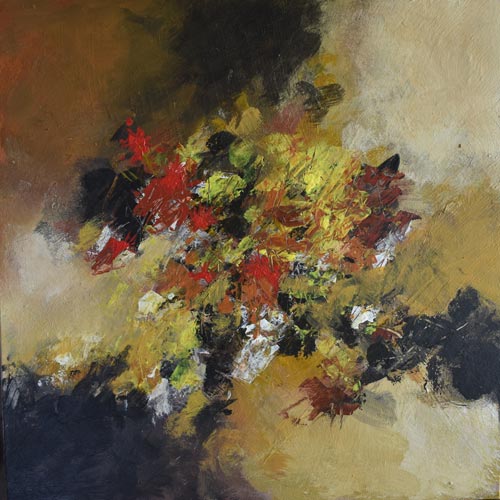
I began to look for connections. I soon realized these connections couldn’t be found unless the search was conducted both within and without.
Acrylic Abstract #2
I began to write. In the use of words, a powerful artform in of itself, I explored my thoughts for connections between the different avenues of creative expression I enjoyed. I questioned whether a focus on one particular artform was needed. A signature style, if you will.
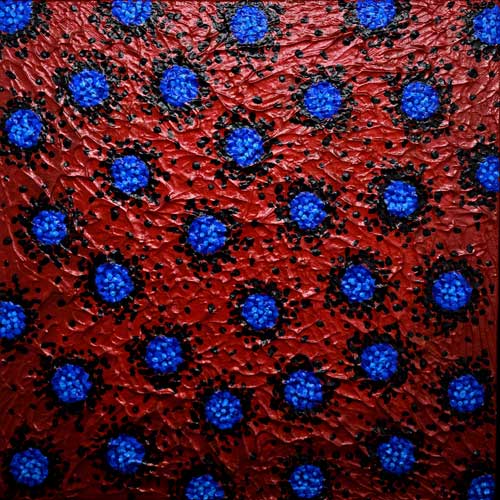
Technique, now being considered, I also wondered if that focus would by design, include both abstract, and representational art?
Cell: Red with Blue
I knew of artists that were successful, working in specific genres such as landscape. I’m not going to claim this journal Entry: Constructed Arrangements is answering these questions diffinitely. This is an exploration.
A Note on Metaphor & Analogy
“It is well established in the sciences that metaphors can help to generate new ways of thinking…. the biochemist Joseph Needham described a working analogy as a ‘net of coordinates’ that could be used to arrange an otherwise formless mass of information, much as a sculptor might use a wire frame to provide support for wet clay. The evolutionary biologist Richard Lewontin pointed out that it is impossible to ‘do the work of science’ without using metaphors, given that almost ‘the entire body of modern science is an attempt to explain phenomena that cannot be experienced directly by human beings.’ Metaphors and analogies, in turn, come laced with human stories and values. Meaning that no discussion of scientific ideas… can be freed of cultural bias.”
– Merlin Sheldrake: Entangled Life: How Fungi Make Our Worlds, Change Our Minds & Shape Our Futures
Answers Arise …
… questions remain
In Merlin Sheldrake’s quote above, he writes, “Metaphors and analogies, in turn, come laced with human stories and values. Meaning that no discussion of scientific ideas… can be freed of cultural bias.”
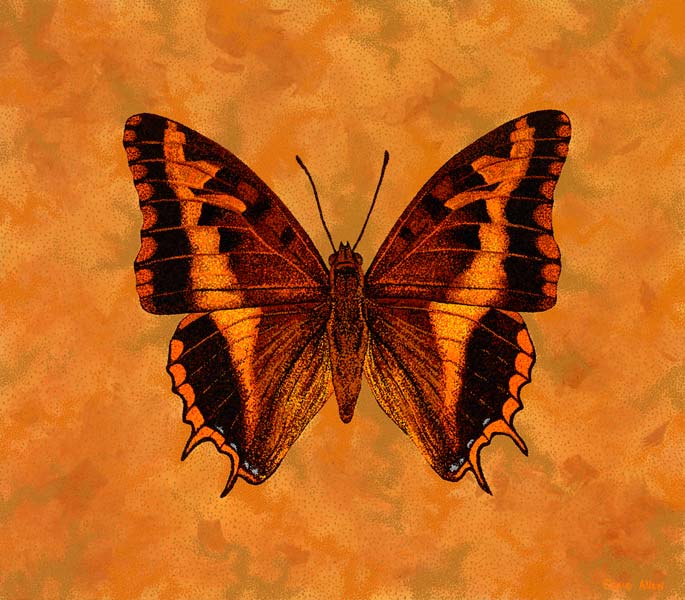
Although Sheldrake is specifically focuse on a discussion centered on scientific discovery, I find it relevant in art, as well. Nothing I do can be considered without considering also, the world around me.
Silver Barred Emperor Butterfly
I have questioned my ability as an artist. If you are an artist like me, you may have compared yourself to the people you most admire. I find it feeds into delusional thinking.
To question whether one’s art is ‘good enough’ or are you ‘talented enough’ is counter-productive. The idea is to always improve, not stagnate in debate.
These questions can be crippling. Worst of all, they can lead to creative inaction. As a result, you either make no work, or you are too fearful to show the work you do produce.

It may be necessary to forget what friends think. Discard both negative and positive comments. Decide consciously, to see rejection as a lens for sel-reflection. Recognize that everyone perceives art in different ways and a gallery’s direction and focus, need not be your’s.
Searching for Meaning
“Sights, tactile experiences, odors – all these sensations are experiences inside the mind alone. None are ‘out there’ except by the convention of language. Everything we observe is the direct interaction of energy and mind. Anything that we do not observe directly exists only as potential – or more mathematically speaking – as a haze of probability”
– Robert Lanza with Bob Berman Biocentrism: How Life and Consciousness Are the Keys to Understanding the True Nature of the Universe
Rooted & Nurtured
Art Making is Perched in Self
In art making, I am always the common denominator. It is the one I keep centered in my thinking. It fields a lot of questions and always leads me back around to mindfulness. I believe, the act of mindfulness requires a diligent refining of skill, much like art.
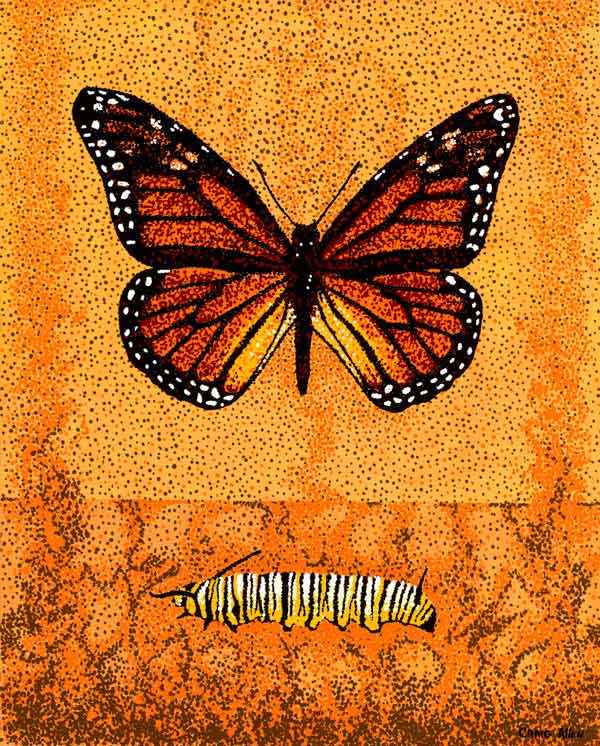
The power of transformation … I am in safe waters striving towards being mindfully aware in the creating of art and living. Existing in the past or worrying about the future happens. Allowing them to take me away from the present has never proved to be production.
Monarch Butterfly & Caterpillar
Seeing the mind wander, however, watching it drift to far off places is informative. Catching my mind stray, and bringing it back always reveals a cascade of thoughts and thinking. Where I start is not where I end.
In fitting my paintings and words together, I arrive at constructed arrangements. Constructed thoughts and constructed works of art. A context arrived and built of materials both unique, and shared by both.
“In art, influence does take place when the strongest is least literal. When literal it must be called plagiarism and the fact should not be concealed by the eminence of the thief.”
– Jacques Barzun : From Dawn to Decadence: 500 Years of Western Cultural Life, 1500 to the Present
Popularity and critical acclaim. Do these twins feed into a sense of self-worth? Are they markers of success? In this Journal Entry: Constructed Arrangements I unravel and reframe any internal belief in either.
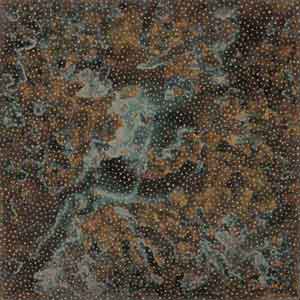
“What shall I do with the night and the day, with this life and this death? Every step, every breath rolls like an egg toward the edge of this question.” – Robert Bringhurst
Starlight is Elemental #2
Constructed Ways of Seeing
Peeling Back for Context
Once I arrive at this way of thinking, new ideas flow freely. Thoughts and works of art become narrative. A single artwork functions like a single word worked into a sentence. These things are not unrelated, everything is connected.
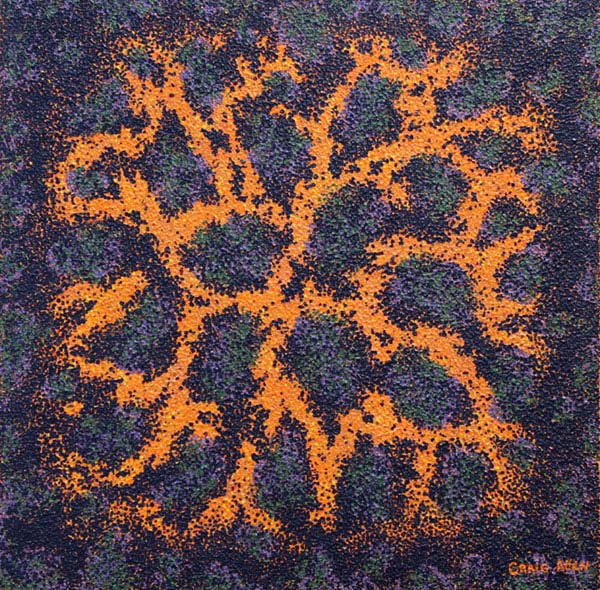
Every individual painting is exactly what it appears to be. A butterfly or beetle is an insect specimen. A landscape is a landscape. An abstraction of a virus or some cellular structure can be read either as one of those two things, or something completely subjective.
Orange Crush
My art is a reflection of internal thought and a physical manifestation of my life experience. There is no separation between the two, anymore than a work of art exist independent of the space, in which it is placed. There is a ‘medley of particulars,’ as Rudolf Arnhein would say.
“Seeing, looking at an object and pealing away the context involves a high complexity of visual perception. The brain and eye rely on available data and it can [be], and is varied. Color, shape, movement, luminance, distance, position, texture are just a few of the features analyzed. Not just of the object under obsevation but every aspect of what lies in the visual field. A medley of particulars. The dynamics involved are extraordinary and largely taken for granted.”
– Rudolf Arnheim: Visual Thinking
Approaching the Subject
Thought & Art Making
In the combining, rearranging and overlapping of different artworks, I discover tension and excitement. How does everything connect in a multi-canvas installation. Technique, color, form, idea, subject … philosophical inquiry? I am casting seeds and harvesting ideas in tandem.
This website is an online creative project. Woven throughout these pages are thoughts entertained … and questions. The contours of concepts are fleshed out in words and images. This website holds a self-reflective space for me as an artist.

In this space … I consider ideas and processes. In this place, I document questions and my quest to unearth answers. This website is a platform to share my discoveries, and to see my work in yet another type of space. An online and virtual world, this space is a caldera of creative energy and tensions written in code and subjective meanings.
Caldera Sky, Volcano National Park
Context is shaped through the written word. Words exist as part of the process. In this Journal Entry: Constructed Arrangements, I drift along a precipice, a vast, open, ocean-sized, sky of mind and awareness.
I see an edge, an outer-limit, I am in motion and moving towards it – drawn to the vortex. Do I try and cling or go with the flow?
Approaching a Space
Making the work and finding space are both part of a creative process. I am grateful to Powells Books for offering me room the Basil Hallward Gallery.
The Basil Hallward Gallery at Powells Books, Burnside, is a magical space. Dozens of acclaimed writers, artists, and thinkers visit and read in this space every month.
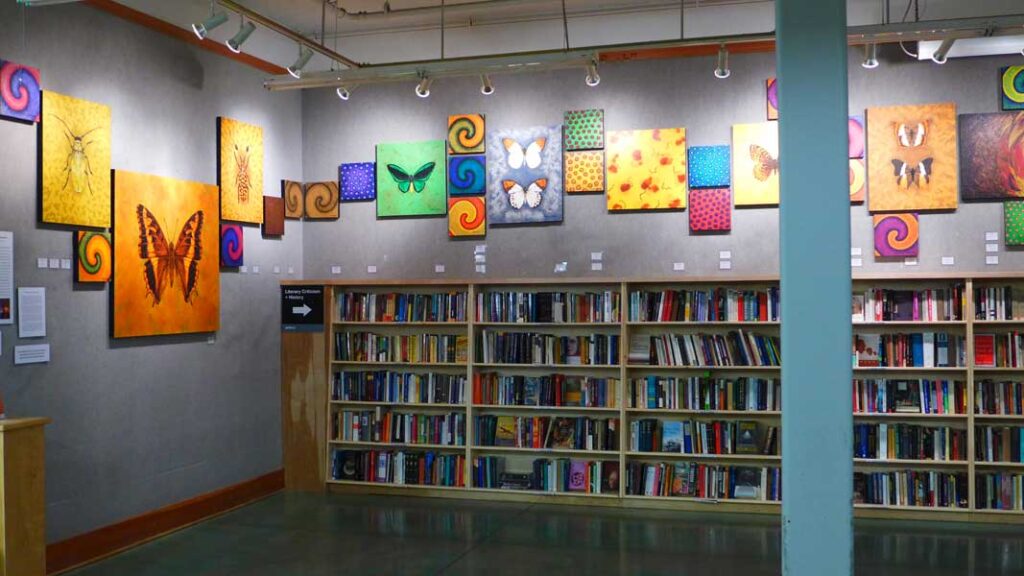
Installation of Pointillist works
A Geographic Approach
A geographic approach to art, [however], would look quite different from conventional art history and crticism… instead of asking ‘what is art?’ or ‘is this art successful?’ a good geographer might ask questions along the lines of ‘how is this space called ‘art’ produced?’ In other words, what are the historic, economic, cultural and discursive conjunctions that come together to form something called ‘art’ and moreover, to produce a space that we colloquially know as an ‘art world’? The geographic question is not ‘what is art’ but ‘how is art?’ From a critical geographic perspective, the notion of a free-standing work of art would be seen as the fetishistic effect of a production process. Instead of approaching art from the vantage point of a consumer, a critical geographer might reframe the question in terms of spatial practice.”
Trevor Paglen, Experimental Geography: Nature, (Documents of Contemporary Art), Jeffrey Kastner (Editor)
I am
In Action & Being
How is art? How is the space we call art created? Is it enough to say, I paint therefore I am? If it sounds derivative, it is. But it too, is an example of how concepts are welded to cyphers and codewords.
Concepts inhabit worlds larger than themselves. ‘I paint’, implies action. ‘I am’ implies being. Does one suggests the other?
Is the ‘act’ of making art virtually the same as thinking in your studio practice? I think it true for me, but thoughts are always present in the form of a wild-mind.

Channeling the wild mind requires work and effort. I search for balance between my internal and external experiences. It feels like trying to pull color out of a psychological rainbow.
Cell: Orange with Blue
Arrangements & Parts
Stimuli are varied and assume many forms. Our world is built of them. Music, literature, scraps of poetry, quotations, artworks, sunsets, objects, animals or people are all part of the fashioning. We respond to all of this even if we perceive, or interpret the data uniquely.
“It has taken natural scientists, obsessed with classifying things, a long time to realize that individual species of plants and animals do not exist in isolation, but in close communities formed with other living organisms, which all interact not only with each other but also with their surroundings; it was a perception not formalized, as the new science of ecology, until the beginning of the 20th century. Sir Arthur Tausley was one of the first prominent ecologists, and his introduction of the ecosystem term made graspable, even to non-specialist, the powerful idea of a living complex of animals and plants, working together with non-living parts of the environment such as the soil or the climate, as a functioning unit.”
– Michael J. McCarthy : The Moth Snowstorm: Nature and Joy
Pieces of a Puzzle
Is art, philosophy or science guilty of being derivate? How do I acknowledge accumulated totals and achievements. Do I see the shoulders of the giants, on which I stand? Do you? In English this concept is attributed to Isaac Newton who wrote, “If I have seen further it is by standing on the shoulders of Giants.” Can I argue otherwise?
Life’s Many Perspectives
Glasses: Rose or Any Other Color
The studies of cognitive scientists have revealed memories are far from 100% accurate. Your life is a totality of experience. How clear is the memory that recalls it? We filter and interpret, then reinterpret our interpretations.

As an artist, I am reassembling the same type of experiences you might encounter. I then make visual objects which you may then, encounter as well. Define the separation …
Cellular Systems 1
“Here we find ourselves, suddenly, not in a critical speculation, but in a holy place, and should go very warily and reverently. We stand before the secret of the world, there where being passes into appearance and unity and variety.”
– Ralph Waldo Emerson
Cognition
Obviously we all interpreted the things around us, through a unique set of personal filters and lenses. These filters are built of informative experiences. Shades of color are everywhere. Black and white turn to subtle shades of gray. We live our lives in constructed arrangements.
“Art is the means by which people of similar cognition reach out to others in order to transmit feeling. But how do we know for sure that art communicates this way with accuracy, that people really truly feel the same in the presence of art? We know it intuitively by the sheer weight of our cumulative responses through the many media of art. We know it by detailed verbal descriptions of emotions, by critical analysis, and in fact though data from all the vast nuanced and interlocking armamentaria of the humanities”
–E.O. Wilson
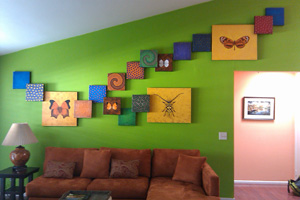
It is likely, much of the way I interpret the world around me is done in an unconscious manner. What control we have is limited.
Installation in private residence
Politics, Society & Culture
Our Constructed Arrangements
In thinking and in belief, often the original meaning or exact occurrence carries less significance than our personal take-away. Uniquely, we interpret raw data and happenstance.
“Society controls individuals cognitively (through ideology) and physically (through their bodies) in what Foucault aptly termed ‘biopower’ or ‘biopolotics.”
Eduardo Kac: Art That Looks You in the Eye: Nature; (Documents of Contemporary Art); Jeffrey Kastner (Editor)
The human brain is a vast interconnected web of neurological responses. In it, we somehow arrive at mind. A thing that can be very different. The mind is crucial in our relationship to art in all its forms. Yet we know so little about it.

My artwork provides me a place to channel my experiences, emotions and energy. My paintings are pictures, symbols and signs.
Evolving 2
Life into Art
Process & Practice
Art is a container for a full spectrum of joy, wonder, anger and rage. All outline the contours of change. I do not intend any of the works I make to lead to dark and hidden corners … if sometimes they do.
I don’t depict dark impulses, or disturbing and violent images, but many of the natural objects that inspire me are not as consciously minded. We live in a ‘life eats life’ kind of world.
“The entire evolution of science would suggest that the best grammar for thinking about the world is that of change, not of permanence. Not of being, but of becoming…we can think of the world as made up of things. Of substances...entities…of something that is. Or we can think of it as made up of events. Of happenings, of processes…of something that occurs. Something that does not last, and that undergoes continual transformation, that is not permanent in time”.
– Carlo Rovelli : The Order of Time
I prefer that my work as an artist not be a documentation of what was, or what might have been. Instead, I try and stay focused on the, ‘what is.’ I may not always be successful, but intent leads towards it.
The preservation of the natural environement is important to me as an artist and human being. It manifests in my paintings. I love what it was, appreciate what it is, and I can see many possible futures in what it might become. The future is fluid and the past a matter of perspectives. Time has a sharp eye for perspectives.
“The three terms – picture, symbol, sign – do not stand for kinds of images. They rather describe three functions fulfilled by images. A particular image may be used for each of these functions and will often serve more than one at the same time. As a rule, the image itself does not tell which function is intended. A triangle may be a sign of danger or a picture of a mountain or a symbol of hierarchy. We need to know how well or badly various kinds of images fulfill these functions”
– Rudolf Arnheim: Visual Thinking
The Power of Transformation
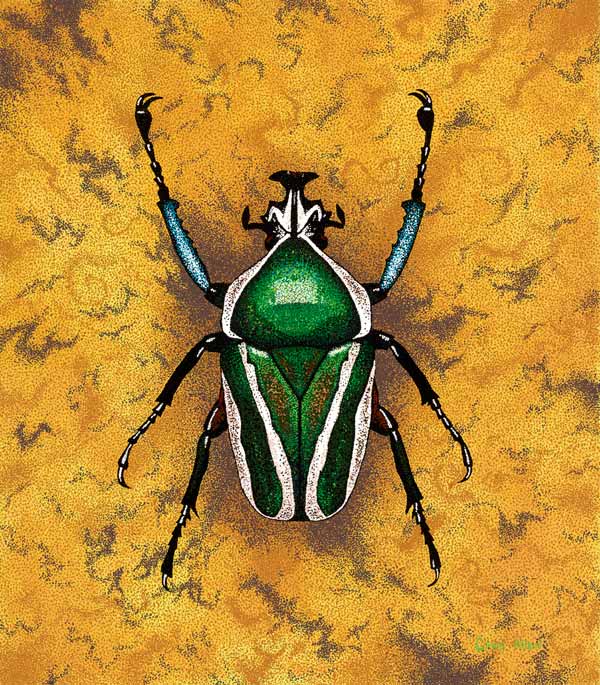
I’m intrigued by organisms that undergo metamorphic change. Beetles do it, butterflies do it. I observe transformative changes in my life and artwork. From a sometimes bleak, despairing mindset, swirling patterns and brightly colored canvases emerge. It is, in effect, like a butterfly from a chrysalis.
Derby’s Flower Beetle
This Journal Entry: Constructed Arrangements encompasses a body of work in a broad, sweeping, inclusive manner. It isn’t complete. I have woven my thoughts and creative work together, across the many posts and pages of this website.
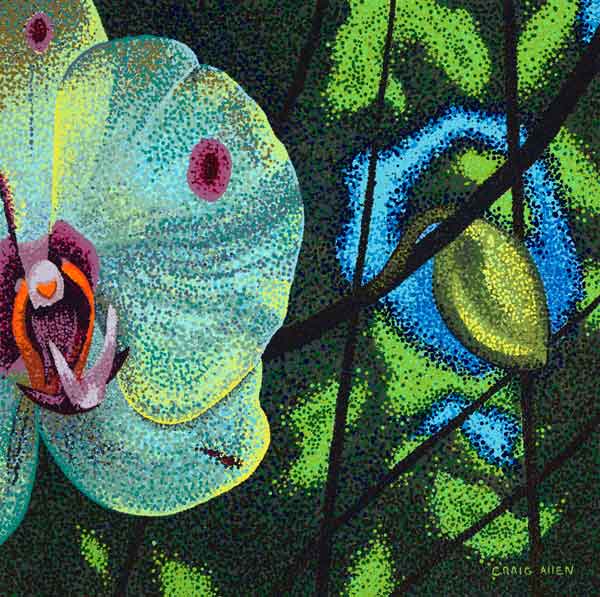
In my ‘Constructed Arrangements’ I am assembling into larger unifying structures, singular paintings from various painting series. Each painting is both a subject and an object.
Orchid
Symbolic representation exists as I usurp residual, culturally inherited powers invested in the objects or images I paint. I apply them to my own means, however, I am not the inventor. I do not live in a vacuum and I, myself, am a component in a much larger system. I didn’t invent the butterfly or link it to transformation.
Finding Inspiration
My art is animated by science and it’s constructs. Overlapping, trailing or twinning about each other in ever changeable arrangements, my ‘Constructions’ are amorphous. Paintings are links in a chain, inspired by the molecular structures and coils of RNA/DNA.
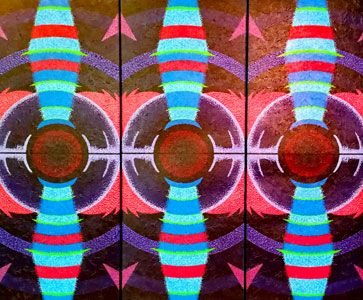
A constructed grouping of three prints of a diptych. Two canvases compose the original diptych. It is in their groupings of three or more, however, I discover what I was searching for.
Art & Science Intersects
Space dictates form in Constructed Arrangements. Within this context individual paintings are subunits within a larger structural organism. A constructed ‘periodic table’, everything is a linked element even if seeming to exist independently.
Moreover, these groups are subject, like RNA/DNA, to a continual process of mutation. But instead of, by way of mutating genes, these changes occur as a result of changes in painting. Organizational compositions fit space, adopt theme and color palette in defining the whole.
“There are…genealogogical lessons in carbon and silicon’s column on the Periodic Table. Under silicon, we find germanium. One element down from germanium, we unexpectedly find tin. One space below that is lead. Moving straight down the Periodic Table, then, we pass from carbon, the element responsible for life; to silicon and germanium, the elements responsible for modern electronics… to tin a dull gray metal used to can corn… to lead, an element more or less hostile to life. Each step is small, but its a good reminder that while an element may resemble the one below it, small mutations accumulate.”
– Sam Kean: The Disappearing Spoon: And Other True Tales of Madness, Love, and the History of the World from the Periodic Table of the Elements
The Only Constant
Change, Meaning & Mutation
Mutability is important in my work. I am always searching for opportunities to see, observe and think about my work in changing spaces and expanding contexts. They provide new and fertile grounds for growth. As a result, a continual artistic evolutionary change occurs.
Writing about my art practice then, helps me unravel these chains of thought. Through the act of writing, I am able to observe the impulses that govern my work.
As a result, I gain clarity and a deeper comprehension of my art, life and its biological leanings. And of the role I play in the world. Journal Entry: Constructed Arrangements is one part of the picture.

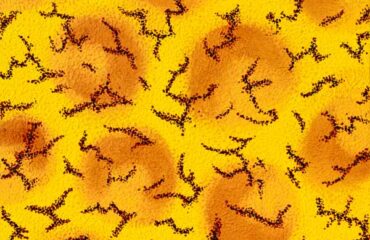
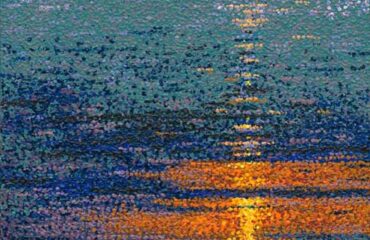
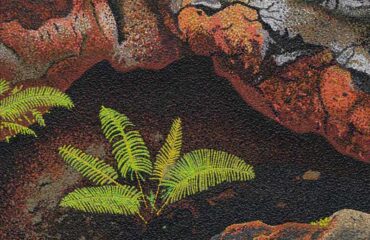

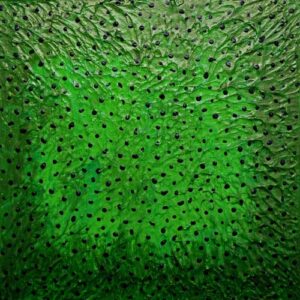

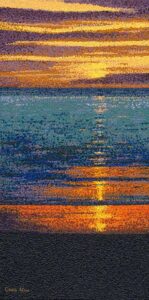
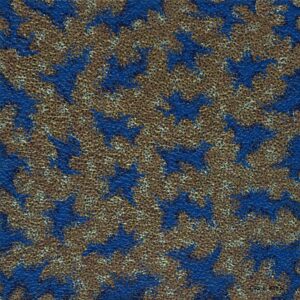
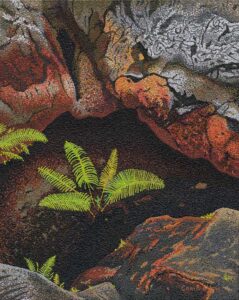
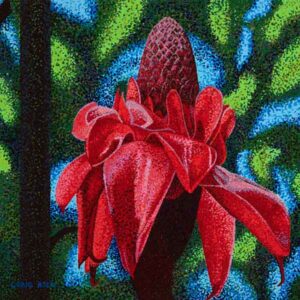

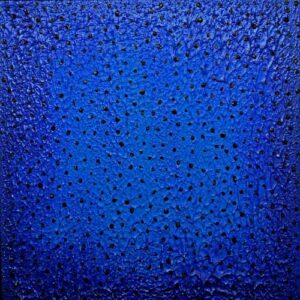

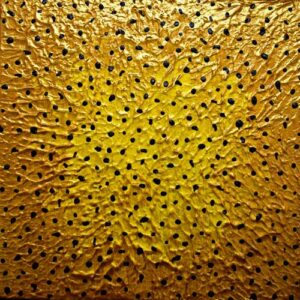


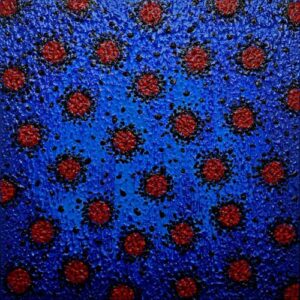
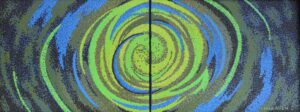
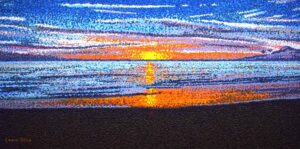
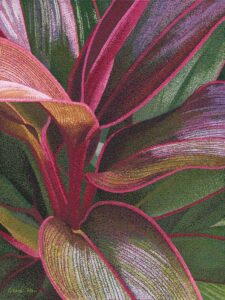
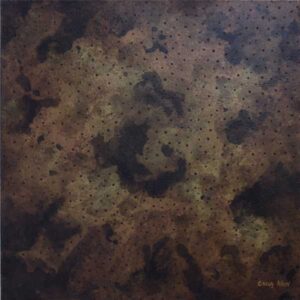
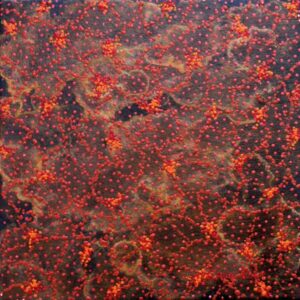

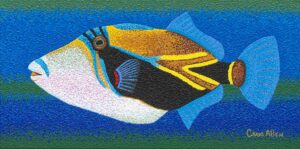
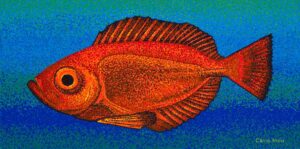
Facebook: Craig Allen Lawver Art